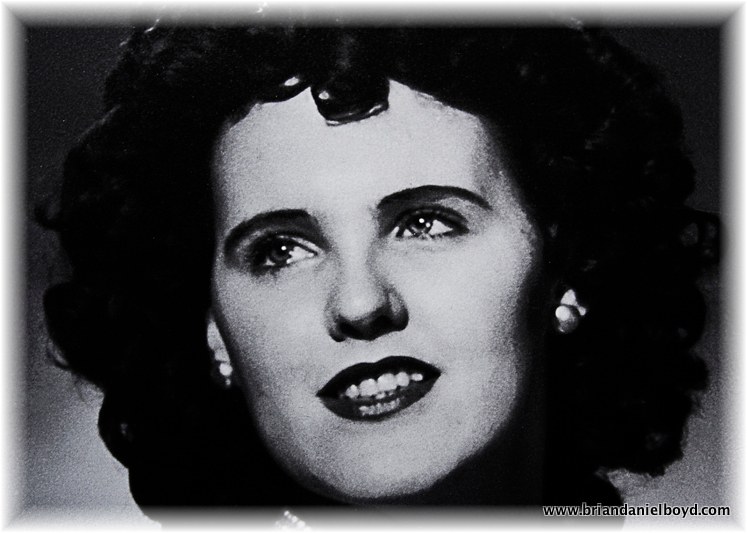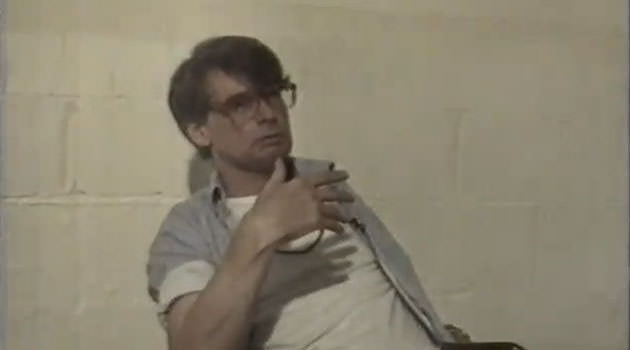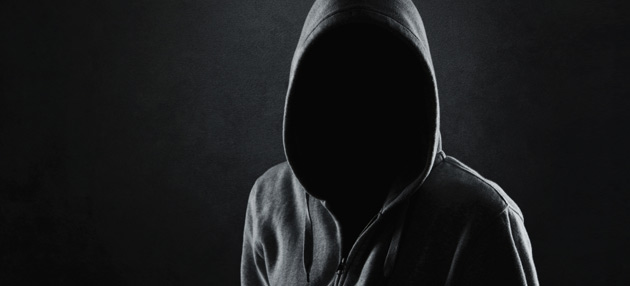The murder of Elizabeth Short, better known as “Black Dahlia” remains one of the oldest unsolved murders in the history of Los Angeles.
On the overcast morning of January 15, 1947 Betty Bersinger, a housewife, spotted something that she mistook for a broken store mannequin at first glance. It later turned out that the white figure lying a few inches away from the sidewalk was not some kind of a statue, but the dead body of a woman cut into half lying face up, arms raised above her head and the lower half placed a foot away from the torso with her legs stretched straight and spread wide. There was no blood on or around the body. It appeared to have been washed clean, and the intestines had been placed under the buttocks. The body had been positioned on the spot with meticulous care for reasons known best to the killer.
Bersinger reported the matter to the police and detectives Harry Hansen and Finis Brown were asked to investigate the case. When the duo reached the spot on Norton Avenue between 39th and Coliseum streets in Los Angeles, reporters and sight-seers were all over the place trampling the evidence. The detectives ordered the crowd to back off and got down to work. A few things were clear right from the start. Absence of blood meant that the victim had been killed elsewhere and her body had been brought to the spot one piece at a time. The dew found under the body meant that the body had been placed after 2:00 a.m. Her face had been brutalized with three-inch gashes on both sides of her mouth. There were rope marks on her wrists and ankles indicating restrain or torture or both. The woman’s height was around five feet and six inches and she weighed around 115 pounds. Once the crime scene investigation was done and the body was handed over to the croner, the detectives needed to find out who the woman was.
The victim was identified as Elizabeth Short. Short had applied for a mail room job once at the army base in California and had been once arrested for underage drinking, which is why her fingerprints were found on record. The FBI did one more favour to the investigators and to the press. They sent Short’s picture that she had submitted with her government application. And the picture displayed the beauty of the victim amply enough for the press to know that they had run into a sensational case of an attractive young woman dying a gruesome death at the hands of a monster who had the heart to butcher a statuesque beauty. Some of the facts that later emerged from an intensive police investigation into the murder of Short made her story even more interesting and perhaps a lot more tragic, too.
 Some of the newspapers resorted to unethical and rather cruel tactics with one of the newspapers going to the extent of calling Short’s mother and telling that her daughter had won a beauty contest so as to extract as much information about the dead girl as possible. And after getting as much information as possible from her the reporters coldly dumped the news of their daughter’s cruel murder on her. To them it was a juicy story that had everything from beauty and sex to violence and intrigue.
Some of the newspapers resorted to unethical and rather cruel tactics with one of the newspapers going to the extent of calling Short’s mother and telling that her daughter had won a beauty contest so as to extract as much information about the dead girl as possible. And after getting as much information as possible from her the reporters coldly dumped the news of their daughter’s cruel murder on her. To them it was a juicy story that had everything from beauty and sex to violence and intrigue.
Elizabeth was called “Bette” in the town she spent most of her childhood, but the press insisted on calling her ‘The Black Dahlia’ and immortalized her by that name. The nickname is said to have come from the 1940s movie called “The Blue Dahlia”.
Short was born on July 29, 1924, in Hyde Park, Massachusetts, to Phoebe Short and Cleo Short, and was one of their five daughters.
Short had some respiratory problems since birth and by the time she was 16 they had developed into asthma and bronchitis. When she turned 19, Short moved in with her father, who was in Vallejo. She wanted to move to California so as to have a better chance of getting a break in the movies. But living with her father was not easy, for while he wanted her to cook, clean and keep the house, she was not interested in any of it. She wanted to be free and live her life on her own terms.
She got herself a job in the mail room at Camp Cooke, two and half hours north of Los Angeles, and the lonely soldiers vied for her attention, and called her “camp cutie”. They told her that she had all that it takes to be a movie star, but she could not keep the job and her freedom was short-lived. She was arrested for underage drinking at a bar in Santa Barbara, and was sent back home to Medford.
 For the next few years all she did was shuttle this way and that across the country from Medford to Chicago to California and back to Massachusetts working as waitress wherever she went, for that got her sustenance money and also allowed her to experience new places and people. Bars and night clubs were her places to be. She loved the music, the men and the atmosphere. In December 1944, the playful girl met a very handsome young officer, a major with Flying Tigers, Matt Gordon. And she was floored. She wrote back home to her mother telling her about Gordon as to how wonderful he was and that he had proposed marriage to her. She was extremely happy. And with the Japanese having surrendered, Short was no longer worried about Matt’s dying in combat and was dreaming and fantasizing about her nuptials when a bicycle messenger stopped by her residence to deliver a short and rather cold message from Matt’s mother: “Matt killed in plane crash on way home from India. My sympathy is with you. Pray it isn’t so.”
For the next few years all she did was shuttle this way and that across the country from Medford to Chicago to California and back to Massachusetts working as waitress wherever she went, for that got her sustenance money and also allowed her to experience new places and people. Bars and night clubs were her places to be. She loved the music, the men and the atmosphere. In December 1944, the playful girl met a very handsome young officer, a major with Flying Tigers, Matt Gordon. And she was floored. She wrote back home to her mother telling her about Gordon as to how wonderful he was and that he had proposed marriage to her. She was extremely happy. And with the Japanese having surrendered, Short was no longer worried about Matt’s dying in combat and was dreaming and fantasizing about her nuptials when a bicycle messenger stopped by her residence to deliver a short and rather cold message from Matt’s mother: “Matt killed in plane crash on way home from India. My sympathy is with you. Pray it isn’t so.”
This was the most devastating event of Short’s life, and might have also been the beginning of her descent that stopped only in her death. Short’s next few days were spent in depressed daze and she kept reading and re-reading Matt’s letters, and when she returned to Miami later she had a copy of Matt’s obituary in her suitcase. She was perhaps too depressed to sit back home, and possibly because sitting back home could have made her even more depressed she chose to distract herself with men of all kinds. She knew that men drooled after her, and made the most of it. They paid for her meals, drinks and clothes, and also helped her with cash in return of her attention and company. The money she could save by working as a waitress and from the money she got from her male companions went into the upkeep of her wardrobe, which she always kept in tune with latest fashion trends.
Short went to Southern California in July 1946 to be with one Joseph Gordon Fickling, a handsome air force lieutenant whom she had met two years before in California. He had been sent overseas shortly after they had met, and their relationship had always been in rough weathers primarily because Fickling did not like Short’s flirtatious disposition. He started working as a commercial pilot and moved to North Carolina. The two stayed in touch and he kept sending her money. Fickling got the last letter from Short on January 8, 1947, seven days before she was found dead. The letter informed Fickling that she was moving to Chicago to become a fashion model.
The last six months of Short’s life were spent in extreme penury, and during this period she kept changing from this hotel to that boarding house, and from that apartment to this private home – around a dozen in all – paying as little as possible and avoiding to pay whenever she could.
Cleo Short, who was found living a mere three miles away from the dirt lot where his daughter’s body was found, told the investigators that he had not heard from his daughter in the past three years, and was still angry enough to refuse identifying her body. It was revealed that Short’s death was caused due to massive haemorrhaging caused by repeated blows to her head. The body did not carry any traces of sperm anywhere, which, by and large, ruled out sexual engagement with her before or after her death.
The case continues to be one of the oldest unsolved murder cases in the history of Los Angeles.
Originally written for and published in LAWYERS UPDATE as part of Crime File series in May 2013.






